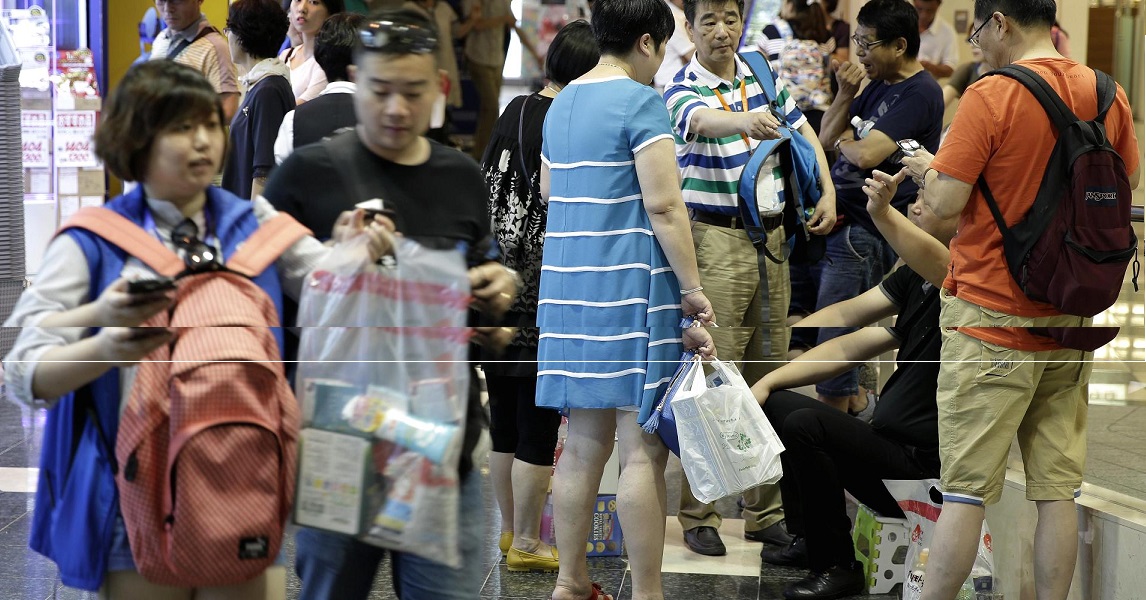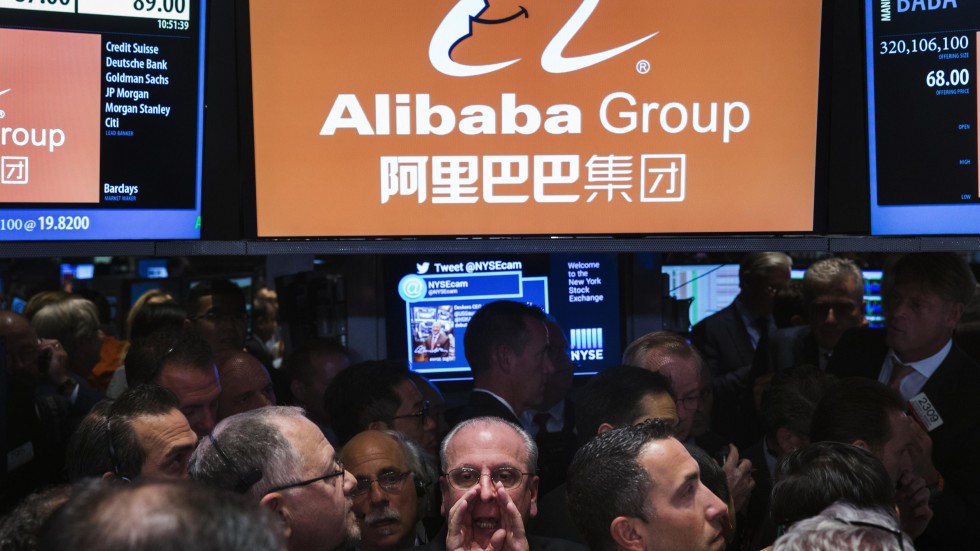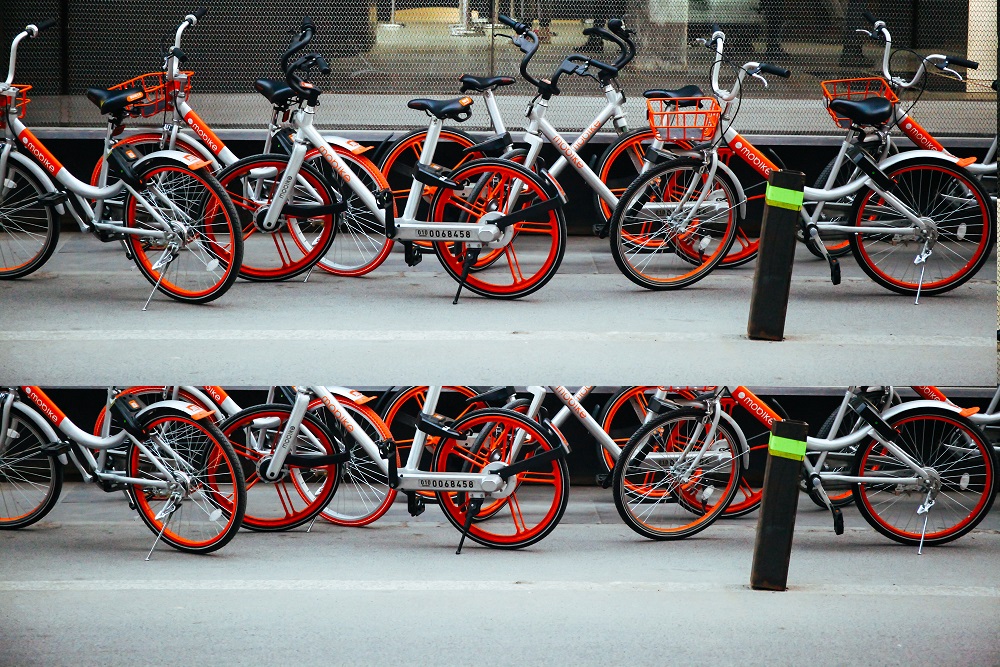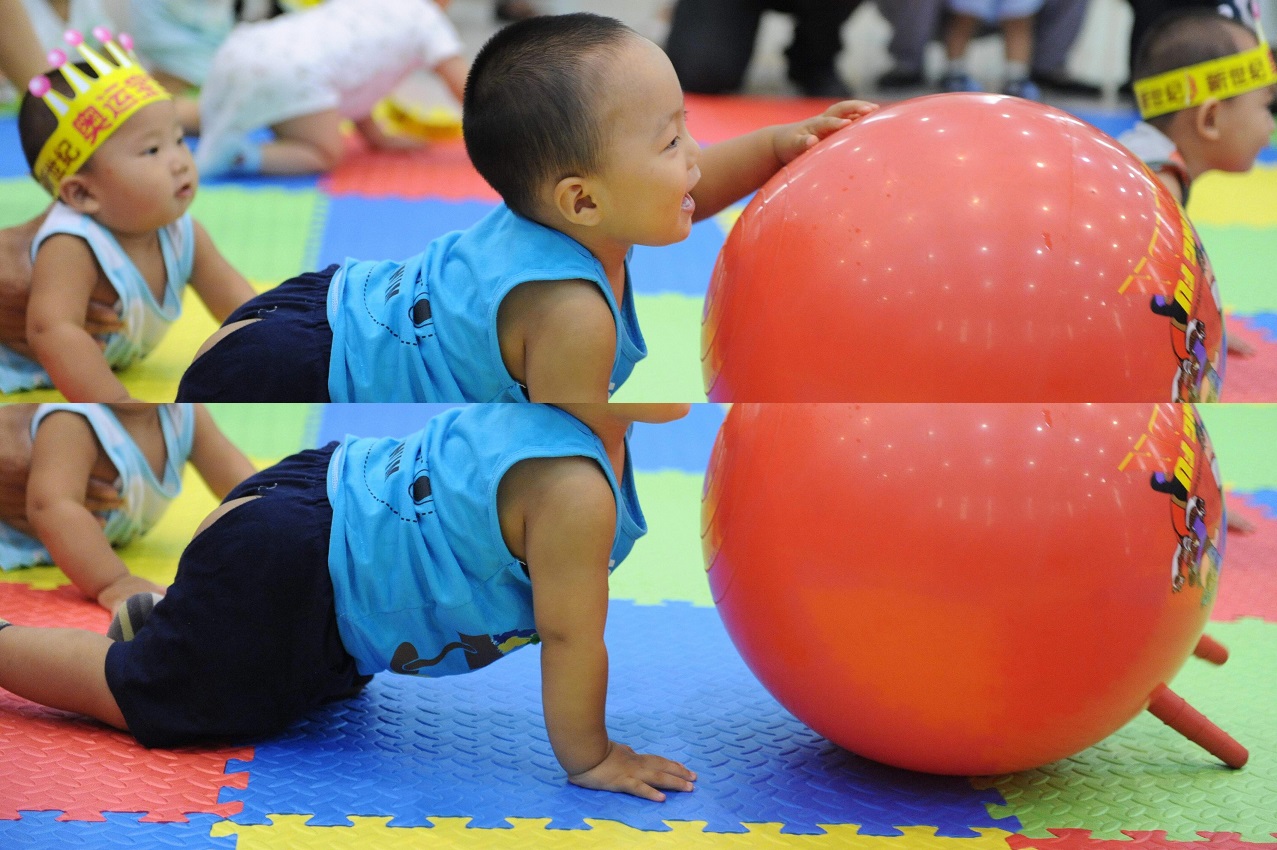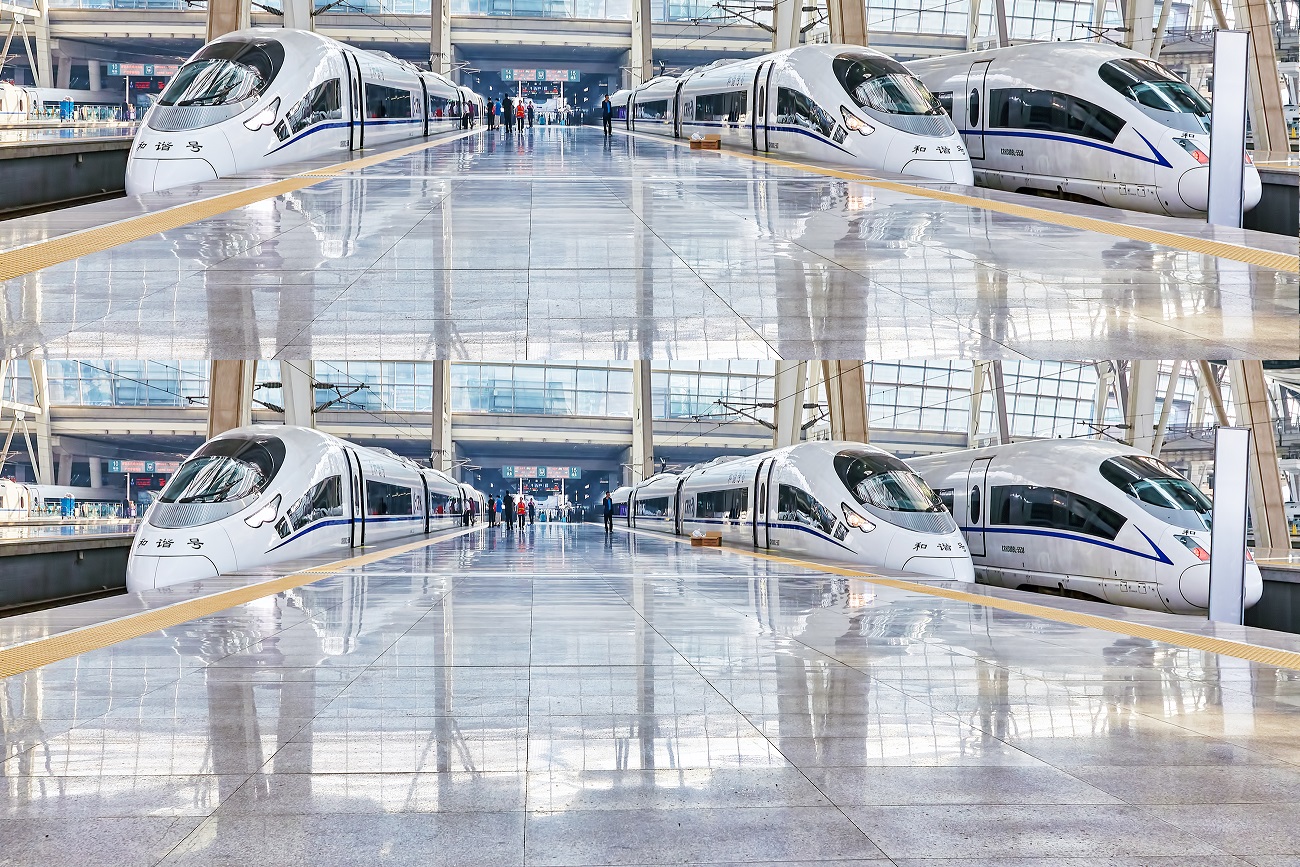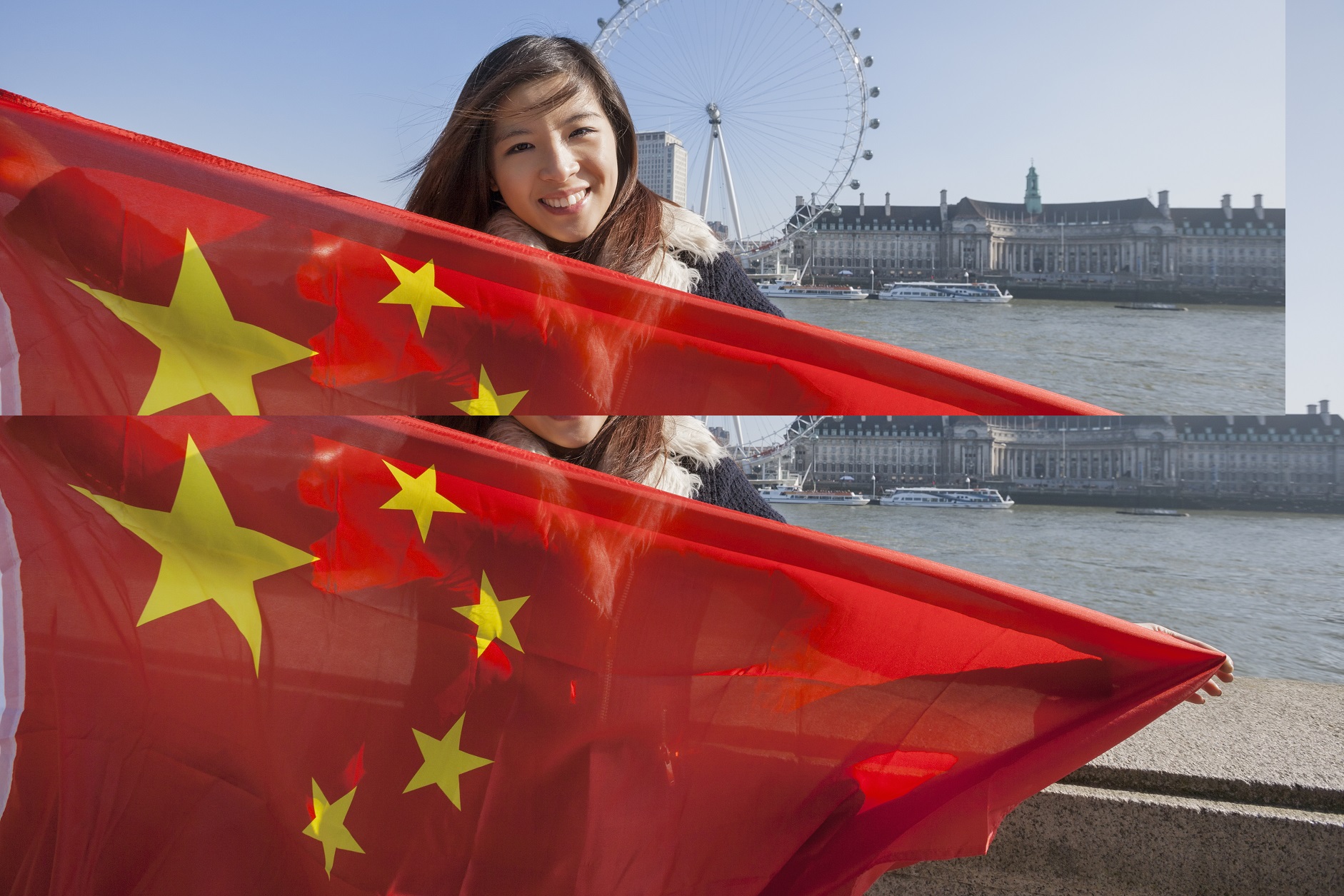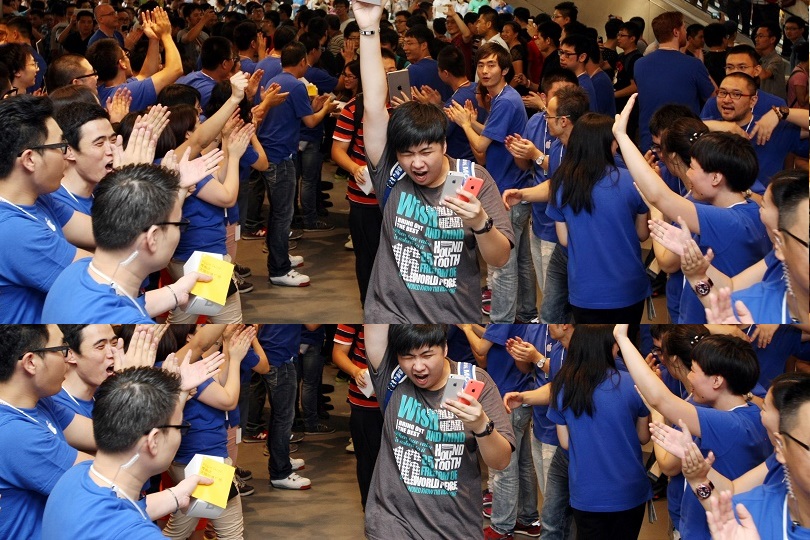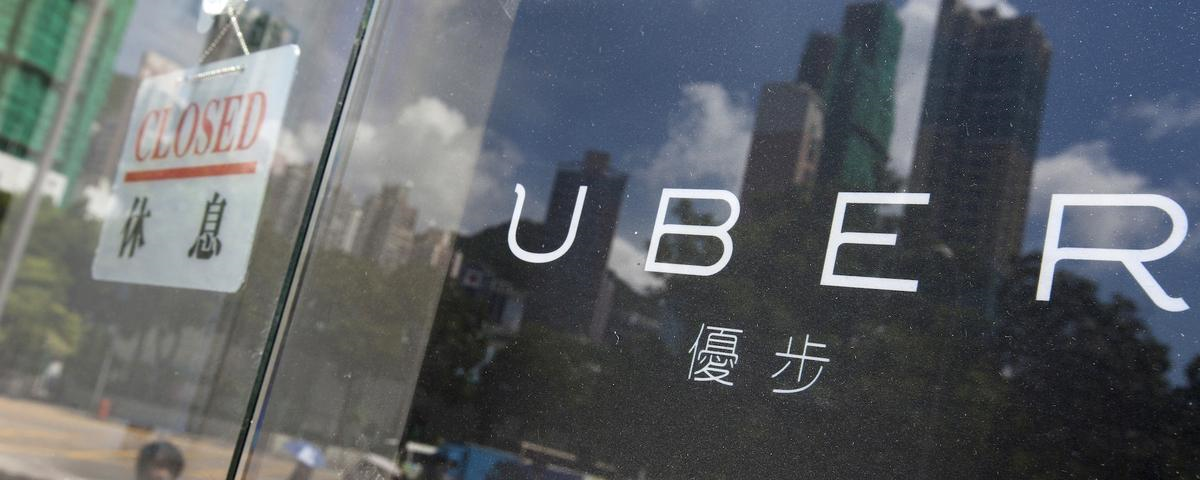A deceptive picture of China
The West won't let the matter drop: the Chinese economy is increaslngly threatened by the bubble of its indebtedness. This threat is causing a real tightening-up on the political front as the 19th Congress of the Chinese Communist Party in October approaches. But closer analysis reveals that the real situation is quite different (this article is published by David Baverez)
The political reality. Attacks on the regime on the part of exiled millionaires look like the last stand made by the opposition against Xi Jinping, who has taken full powers during his first mandate. But, at the same time, the arrest of Sun Zhengcai, the head of the Party on the Chongqing City Council, has been all the more surprising as the largest city in China had already been the stage for an attempted coup d'état in 2012 by its then leader, Bo Xilai. The dismissal of Sun Zhengcai shows that, contrary to a popular misconception, President Xi does not yet have total control over regional bastions, which have such an important role in China.
As the crucial autumn Congress approaches, we see the emerging face of a China that is still politically unstable, but economically on the way to much-needed restructuring
The economic reality. The first quarter brought a surprise, not so much due to the publication of GDP figures – always cooked up to meet expectations – but rather by their composition. Although the experts from Natixis underline above all the continuing slow-down in the rate of growth of “New China” that has been observed for two years now, they also note the recovery of the “Old China“ which has now grown by 5% after two years of decline. This dynamic attests to the arrival of the first benefits of endeavours to restructure traditional industries, like steel. However, this restructuring is costly and is largely the driver behind new loans that are still growing at the disquieting rate of almost 20% of GDP.
Restructuring. As the crucial autumn Congress approaches, we see the emerging face of a China that is still politically unstable, but economically on the way to much-needed restructuring. This picture is particularly revealing because, after the 19th Congress, Wang Qishan – who has been in charge of the anti-corruption campaign within the PCC and the real number 2 of the regime – may well take on the huge task of restructuring state-owned companies.
At a time of economic and political uncertainty, Beijing is seeking first and foremost to avoid a slow-down that would be fatal to its rate of growth
In the late 1990s, the Prime Minister Zhu Rongji prepared China very well for its joining of the WTO. Today, Wang Qishan – whose mentor, by the way, was Zhu Rongji – may the one bearing the heavy burden of trying to take China into the second phase of the digital revolution and to reorganise industrial production by means of the “Made in China 2025” programme. The recent calling to order of the HNA, Dalian Wanda, Fosun and Anbang groups by the Chinese authorities thus tends to reveal not so much a concern about capital outflows but rather the will to put and end to “irrational” foreign acquisitions… which, according to the authorities, only benefit the West.
If these trends were to continue, this would mean a change in opportunities for the West in China, and a need for the “New China” to cooperate more with the West. At a time of economic and political uncertainty, Beijing is seeking first and foremost to avoid a slow-down that would be fatal to its rate of growth. Every possible means is therefore being deployed to reach this ultimate objective.


